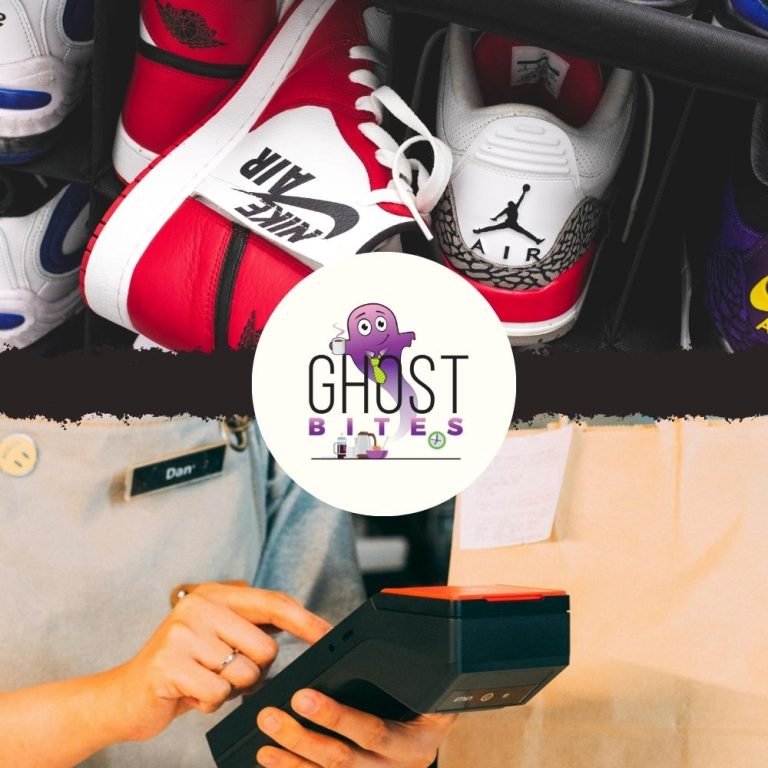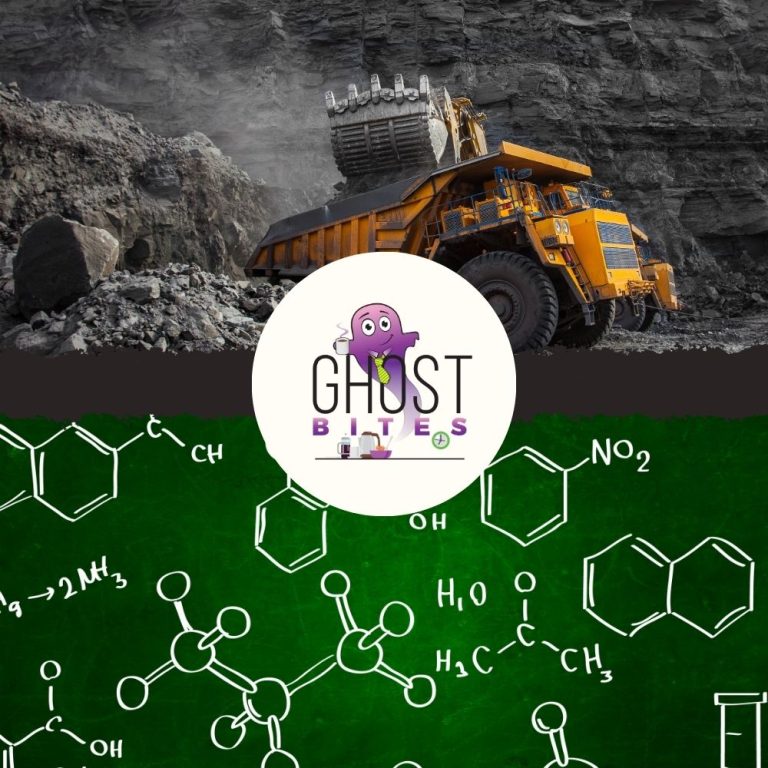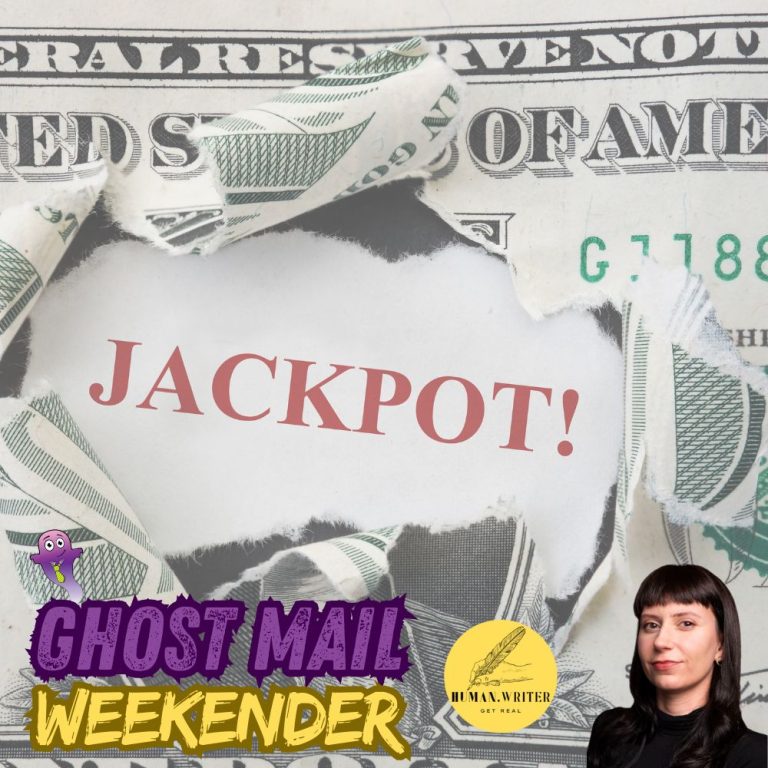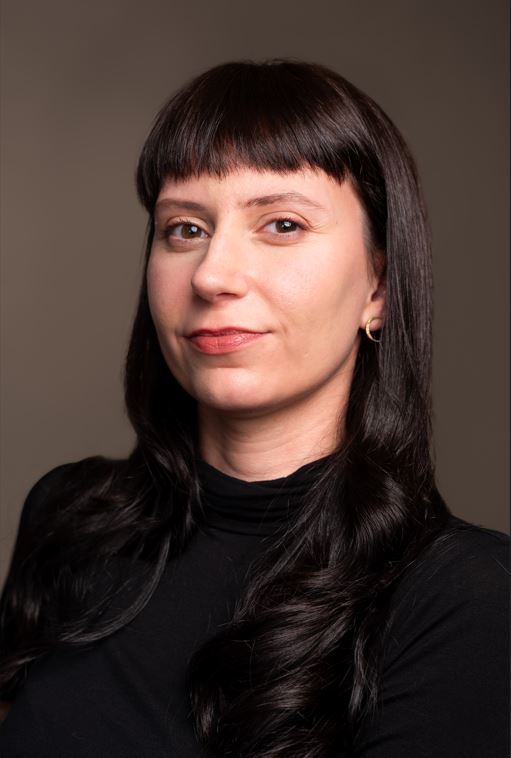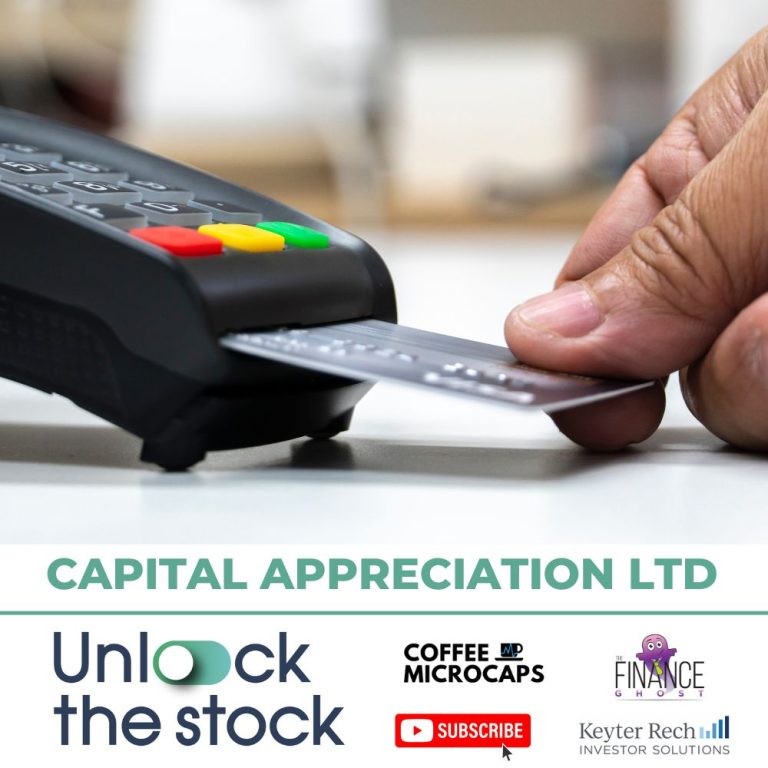Capitec just doesn’t stop growing (JSE: CPI)
The latest earnings give support to the share price performance this year
Death, taxes and an increase in the Capitec share price – these seem to be the certainties in life in South Africa. Capitec is up more than 15% year-to-date, despite the South African economy continuing to dish up tepid growth. This is because Capitec is less of a macro play and more of a market share play, with a strategy that continues to take economic value from the traditional names in the sector.
In case you needed further evidence of this, Capitec’s HEPS for the six months to August 2025 reflects growth of between 22% and 27%. They achieved this not just through growth in the loan book (something that other banks are struggling to get right in South Africa), but also through a stable credit loss ratio despite the growth in the book. This makes sense, as we’ve seen a positive story around credit quality at competing banks.
To add to the growth in net interest income, they’ve enjoyed a positive move in non-interest revenue as well. This has come from sources like Capitec Connect (which always gets the Blue Label Telecoms (JSE: BLU) enthusiasts excited), as well as overall growth in client numbers. Due to a structural change in funeral insurance policies sold since 1 November 2024, there’s also a higher contribution from that source of revenue.
Although this interim period includes a full 6 months of income from Avafin vs. just 4 months in the comparable period, I don’t think that is making much difference here. The growth is coming from maintainable sources, like ongoing market share growth across an ever-expanding range of products.
Grindrod’s HEPS has moved sharply higher (JSE: GND)
HEPS from core operations isn’t nearly as exciting though
Grindrod has released a trading statement dealing with the six months to June. As usual when a company has been going through a process of significant corporate activity as part of a turnaround strategy, Earnings Per Share (EPS) bounces around like crazy. This is why the market always focuses on Headline Earnings Per Share (HEPS) instead, as it adjusts for many of the once-off items.
Speaking of HEPS, Grindrod expects growth of between 18% and 28%, which is a chunky improvement. Before you get too excited though, HEPS from core operations is expected to be flat. This includes Port and Terminals, Logistics and the various group segments that are cost centres.
The share price rallied over 3% in response to the update, so it seems like it may have been better than the market was expecting.
KAP somehow manages to disappoint even those with low expectations (JSE: KAP)
HEPS is even worse than they initially guided
KAP is one of the very few shares out there that is down over 5 years – yes, vs. a COVID base! The share price has shed almost 30% over that period. It’s lost nearly 70% of its value since the peak in early 2022. And on a year-to-date basis, KAP is down 45%.
The TL;DR is that if you like your money, it’s probably best to invest it somewhere else.
The really unfortunate thing about KAP is that nothing ever seems to improve. There’s always something in the underlying portfolio that is dragging the place down. For the year ended June 2025, KAP released a SENS announcement in early June noting an expected drop in HEPS of more than 30% for the period. It’s significantly worse than that, with an updated trading statement reflecting a decrease of between 42% and 52%.
It looks as though the fourth quarter was the worst part of the year, so that’s especially worrying in terms of momentum.
Aside from the automotive parts business that struggled with lower vehicle production by two local OEMs, the biggest issue was PG Bison’s new MDF line. They are now expensing rather than capitalising the finance costs and it’s taking them a while to really extract value from this substantial capital investment.
This would explain the vast decrease in HEPS vs. a far more modest decline in EBITDA of less than 10%. But it’s also cold comfort for investors when they see an uptick in revenue accompanied by a halving of profits – that makes it really hard to believe in a turnaround.
The bull case for KAP would make reference to the fact that the MDF project is a long-life project and that current performance isn’t an indication of its full potential. The bear case would simply point to a share price chart as an example of just how many times KAP has tried and failed to get the market to believe in a better future.
Lighthouse looks solid at the halfway mark for the year (JSE: LTE)
The interim distribution has been boosted by the Iberian deals
In 2024, Lighthouse lost its patience with Hammerson (JSE: HMN) and sold the shares it held in that fund. Although there are signs of life at Hammerson in their latest update, I think this was the right call for Lighthouse when viewed through a long-term lens. Investors are far more interested in seeing companies that have direct ownership of assets that they otherwise can’t get exposure to, rather than large stakes in other listed companies. With Lighthouse recycling the Hammerson proceeds into properties in Iberia, the overall story becomes far more interesting.
Having said that, Lighthouse’s share price is up 1.6% over the past 12 months and Hammerson is up 9.5%, so the appeal of Lighthouse’s portfolio needs to come through for that performance gap to be addressed.
This lack of growth in the Lighthouse share price is despite a 7.9% increase in the distribution per share, driven by the performance of the Iberian portfolio that was expanded over the past 18 months. They’ve made good progress in the cost ratios in the fund, which has helped them offset the impact of refinancing major borrowings in December 2024.
There were two additional acquisitions in this period, both of which are malls in Spain. The acquisition yield was 7.2% for the two properties combined. This takes the fund to a position where 58% of the directly held portfolio’s fair value is in Spain. 27.6% can be found in Portugal and the remaining 14.4% in France.
As at the end of June, Lighthouse held €14 million worth of shares in listed funds Klepierre and a far more familiar name: NEPI Rockcastle (JSE: NRP). Lighthouse sold some shares in both those companies during this period to fund the direct portfolio expansion, so that shows you where the priorities lie.
The loan-to-value ratio has moved substantially higher from 21.1% in June 2024 to 35.0% in June 2025.
Distribution guidance for the full year of €2.70 per share has been affirmed based on the interim performance of €1.3122 per share.
Nedbank is acquiring iKhokha for R1.65 billion (JSE: NED)
Here’s an interesting growth play in South Africa
Nedbank must be pretty tired of being among the banks that is watching Capitec (JSE: CPI) eat its lunch here at home. Although the other banks are certainly also feeling the Capitec pinch, they have extensive operations in other countries to help make up for it. Nedbank is primarily exposed to South Africa and therefore needs to find a way to grow here.
Nedbank has identified SMEs as a desirable target market, with their offering set to be boosted by the acquisition of 100% in fintech iKhokha for R1.65 billion. iKhokha offers a variety of POS and ecommerce payment solutions, along with access to finance.
Nedbank has ensured that a management lock-in package has been agreed. Before you wonder about how close this lock-in comes to modern day slavery, I must point out that these packages inevitably include substantial incentives that are designed to encourage ongoing growth and innovation. It’s very important that the existing entrepreneurial culture at iKhokha will be preserved, as big corporates are famous for acquiring and then destroying startups by filling them with processes instead of ideas. Making sure that the existing management team will stick around is an important buffer against this issue.
Having said that, iKhokha isn’t exactly wet behind the ears either. Established in 2012 and having distributed over R3 billion in working capital to SMEs to date, they’ve been around for long enough to be ready for corporate ownership. Importantly, they’ve already been through a round of private equity ownership, having been part of the Adumo stable and subsequently unbundled to shareholders including Apis. Going through private equity ownership before landing up in a big corporate machine is generally a good sign.
If the Adumo name is familiar to you, that’s because it is owned by Lesaka Technologies (JSE: LSK). For clarity, Lesaka is not involved in this deal at all, as iKhokha was split out from Adumo some time ago. In fact, Lesaka is a major competitor to iKhokha in this space based on my understanding!
With a market cap of R115 billion, this iKhokha deal is 1.4% of Nedbank’s market cap. They aren’t betting the farm here, but it’s big enough to be a meaningful contributor to growth if they get it right. The announcement unfortunately doesn’t give any further details on the revenue or profitability of iKhokha.
Truworths Africa drags the group into the red (JSE: TRU)
Bucking the trend, it’s the UK business that is helping them right now
Truworths released a trading update for the 52-week period ended 29 June 2025. They did it after market close, so the market will only be able to react to it on Thursday morning. I don’t think you’ll see anyone popping champagne for these numbers.
After several paragraphs painting a terrible macro picture (always a convenient excuse for poor performance – but why then is Mr Price (JSE: MRP) doing well?), they get to the bad news: sales in Truworths Africa fell 0.4% for the full year. The second half was a gain of 0.5% vs. a decrease of 1.1% in the first half, so there’s some positive momentum at least. This shape is because of higher markdowns in the first half after a poor winter trading experience in 2024, which they attribute to the late onset of winter and stock delays at the ports. Those sound more like naturally offsetting factors to me, but anyway.
Other important stats in the SA business include 0.1% growth in account sales (which contribute 70% of sales) vs. a decline in cash sales of 1.5%. As a silver lining, the online business is growing well, up 33.7% and contributing 6.5% to total retail sales. Product inflation was 1.2% for the period, way down from 6.4% in 2024. Trading space increased by 0.5%, so they aren’t shy to keep increasing the number of stores.
Office UK is the saving grace here – well, almost. Unlike other South African-owned retailers that struggle overseas, Office UK is actually doing quite well at the moment with its niche focus on fashion footwear. Sales were up 9.7% in local currency, with 11.3% growth in the first half and 7.7% growth in the second half. Interestingly, the contribution of online sales actually dipped from 46.2% to 44.9%, with Office growing trading space by 6.4%. Given the importance to many people of trying on shoes, I can understand that there’s a saturation point for online sales in that model.
Truworths Africa is over 65% of group sales, so the UK performance isn’t enough to keep the overall story moving forwards. Group sales increased by just 2.7%, which is insufficient to deal with the combination of pressure on gross margin and inflationary increases in expenses. HEPS is therefore expected to decrease by between -7% and -11%, or by between -3% and -7% if you accept the company’s use of “pro forma” HEPS with further adjustments.
Either way, it sucks. It’s also a lovely reminder of why I’m long Mr Price, which is increasingly looking like the best of the bunch locally. The Truworths share price has lost a third of its value this year and I suspect it’s about to get worse.
Nibbles:
- Director dealings:
- There’s a complicated legal context to this trade that included a cession and pledge agreement and then legal proceedings that seemed to reverse the pledge. But the net result of this mess is that an associate of Pieter Erasmus has acquired R1.6 billion worth of shares in Pepkor (JSE: PPH) in an off-market trade.
- Blue Label Telecoms (JSE: BLU) renewed its cautionary announcement related to a potential restructure of the group and value unlock activity around Cell C. They are still finalising the terms of a proposed restructure and would need to get various approvals in place before announcing anything concrete.
- If you participated in the mix and match facility in the offer for Assura (JSE: AHR) by Primary Health Properties (JSE: PHP), then you’ll want to check out the announcement indicating the results of the “More Shares” and “More Cash” election – both of which do what they say on the tin in terms of the mix of how you’ll be settled for your Assura shares. The offer remains open for acceptance at the moment.
- Eastern Platinum (JSE: EPS) has very little liquidity in its stock, so the quarterly results get only a passing mention down here. Revenue fell by a nasty 43.1% and mine operating income tanked by over 90%. This put them in an overall operating loss position for the quarter, which has also contributed to an even larger working capital deficit than before. Nonetheless, Investec has increased the credit facility to the company that is secured by the PGM production delivered from the Zandfontein underground section to Impala Platinum. In banking, it’s about making sure the security package is as tight as possible, with equity investors then left to fight over the net profits – or net losses, for that matter.
- Due to its failure to publish financial statements for the year ended December 2024 within the stipulated time, Kibo Energy’s (JSE: KBO) listing has been suspended by the JSE. Ditto for Sable Exploration and Energy (JSE: SXM), although Sable has at least made more effort to keep the market informed about the details of its financials. Conversely, Kibo’s last SENS announcement was in May!
- As a reminder of how complicated a business rescue process can be, the latest at Tongaat Hulett (JSE: TON) is that yet another notice as been filed in court. I’m only mentioning this in case you ever make the mistake of thinking that business rescue is a guarantee of something being resolved quickly.

